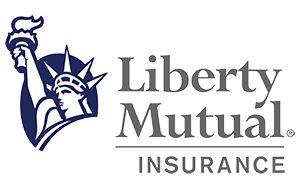Home insurance policies typically offer a range of coverage options to protect homeowners against various risks and perils. Understanding these different types of coverage is essential for selecting a policy that meets your needs. Here are the main types of coverage offered by home insurance policies:
Dwelling Coverage
This is the core component of a home insurance policy and covers the physical structure of your home, including the walls, roof, floors, and foundation.
Dwelling coverage provides financial protection against damages caused by covered perils such as fire, windstorms, hail, vandalism, and more.
In the event of a covered loss, your insurance policy will pay for repairs or the rebuilding of your home up to the policy’s limits.
Personal Property Coverage
Personal property coverage extends protection to your belongings inside the home, including furniture, appliances, electronics, clothing, and other personal items.
If your possessions are damaged, destroyed, or stolen due to a covered peril, your insurance policy will reimburse you for their repair or replacement costs.
It’s essential to review your policy’s coverage limits and consider purchasing additional coverage for high-value items like jewelry or artwork.
Liability Coverage
Liability coverage protects you financially if someone is injured on your property or if you accidentally cause damage to someone else’s property.
This coverage can help cover the injured party’s medical expenses, legal fees, and settlements if you are found legally responsible for their injuries or damages. Liability coverage also includes coverage for legal defense costs, even if the lawsuit is groundless.
Additional Living Expenses (ALE) Coverage
If your home becomes uninhabitable due to a covered loss, such as a fire or natural disaster, ALE coverage can help cover the additional costs of temporary accommodation, meals, and other living expenses while your home is being repaired or rebuilt.
This coverage ensures that you and your family can maintain your standard of living during a challenging time without incurring significant financial burdens.
Other Structures Coverage
Many home insurance policies also include coverage for other structures on your property, such as detached garages, sheds, fences, and guesthouses. This coverage protects these structures against damages caused by covered perils, similar to dwelling coverage, but typically has lower coverage limits.
Understanding the different types of coverage offered by home insurance policies allows homeowners to customize their coverage to suit their unique needs and budget. It’s essential to review your policy carefully, assess your coverage needs, and consider purchasing additional endorsements or riders for specialized coverage if necessary. By selecting the right combination of coverage options, homeowners can ensure that their homes and belongings are adequately protected against unexpected risks and perils.
















